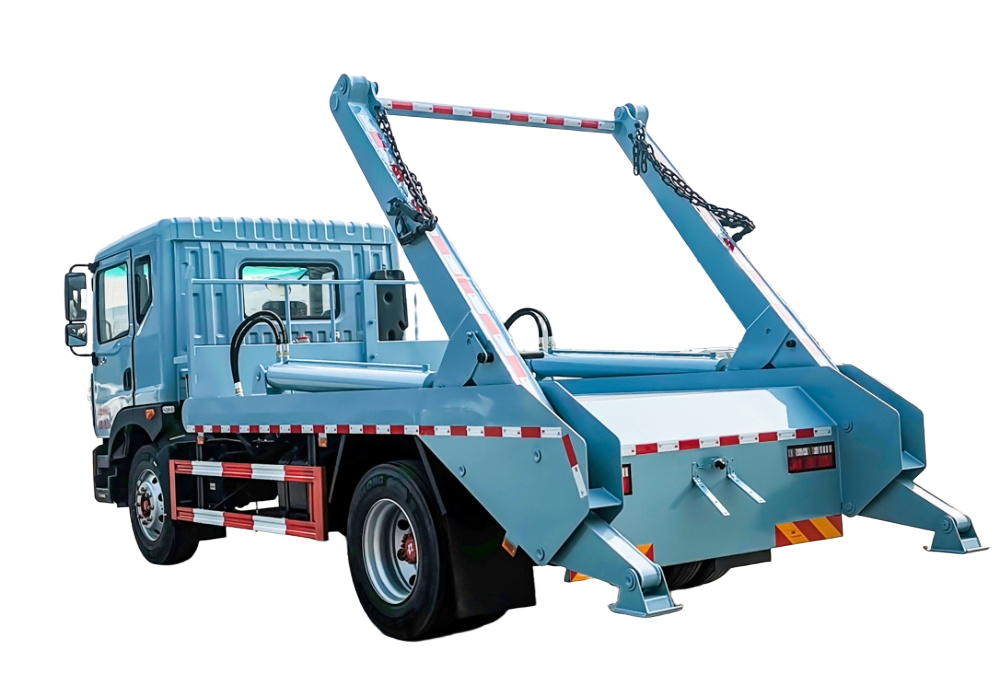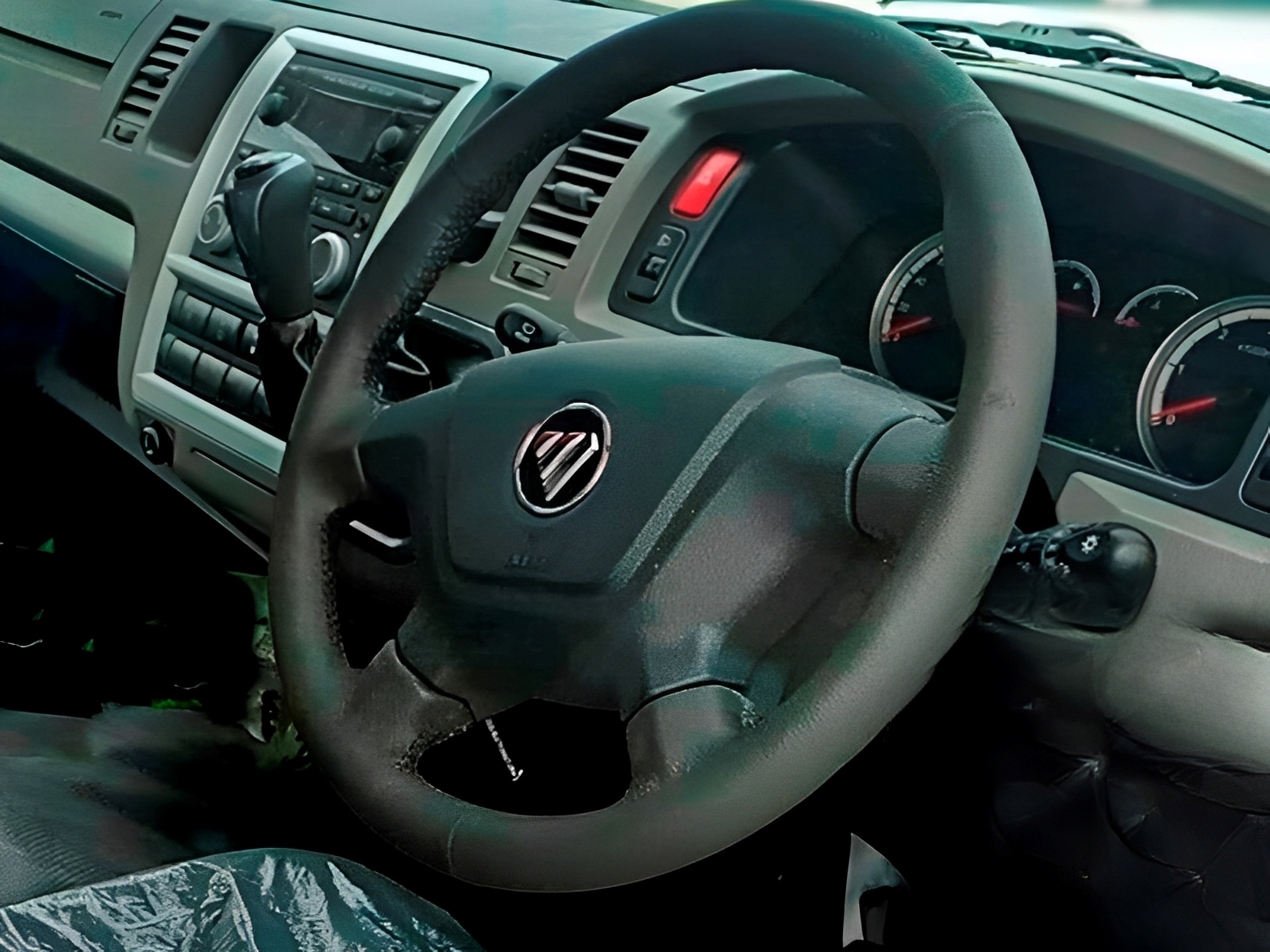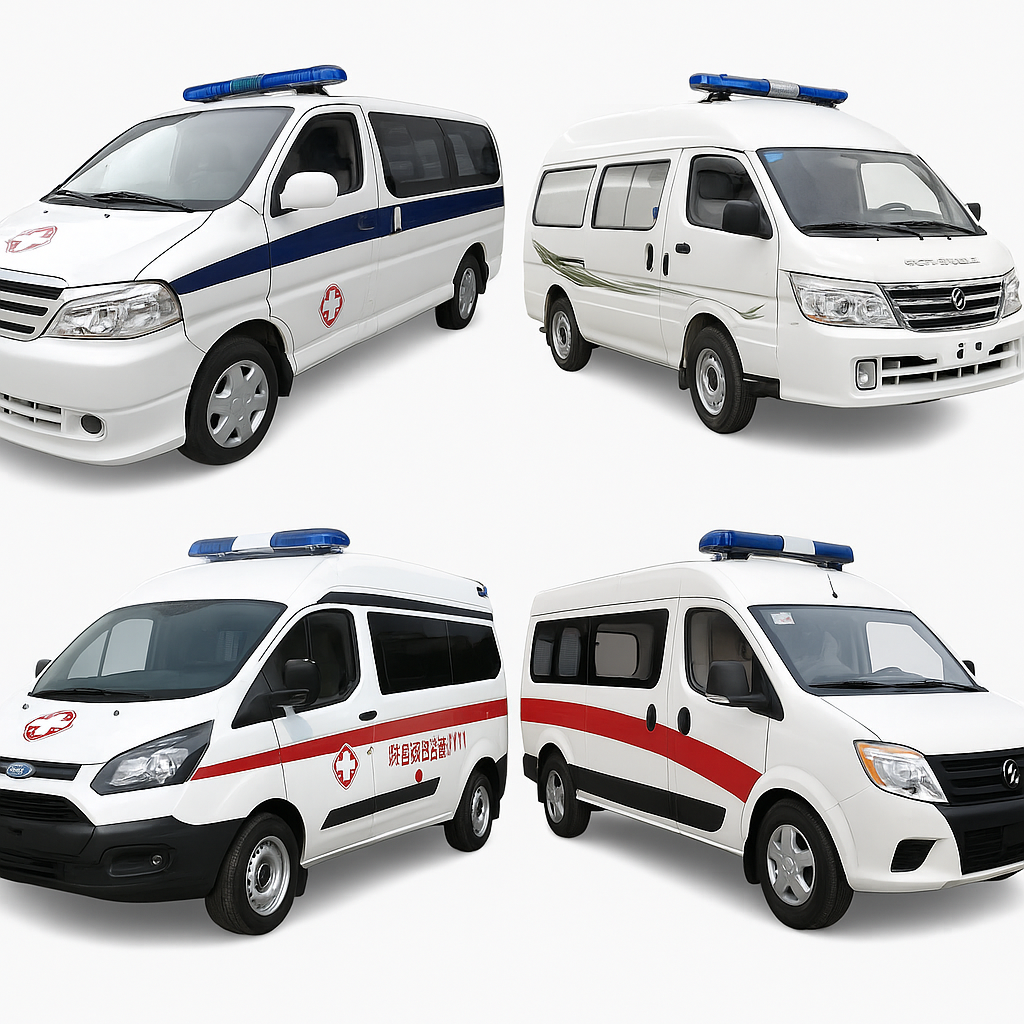Cold Climate vs Hot Climate Vehicle Design: How to Choose the Right Environmental Adaptation Strategy
Cold climate versus hot climate vehicle design represents critical environmental engineering decisions for global special vehicle deployment, yet selecting optimal climate adaptation strategy demands careful evaluation of 7 decisive factors. This comprehensive comparison analyzes thermal management systems, material selection, fluid specifications, electrical performance, operator comfort, reliability considerations, and maintenance protocols across extreme temperature ranges.
While both approaches deliver operational capability, cold climate designs excel in sub-zero performance and freeze protection, whereas hot climate configurations dominate in thermal efficiency and cooling optimization. We examine decisive trade-offs—from material performance to system reliability—using climate testing data from 30,000+ vehicles across temperature ranges from -40°F to +140°F.
Whether prioritizing cold climate’s freeze resistance or hot climate’s thermal management, our environmental engineering analysis equips you to select the optimal climate strategy. As China’s leading special vehicle manufacturer with extensive global climate experience, Chengli Group provides uniquely qualified insights into environmental adaptation and climate optimization.
Thermal Management System Architecture
Climate adaptation fundamentally impacts thermal system design, component selection, and operational reliability across extreme environmental conditions and seasonal variations.
Cold Climate Thermal Protection
Cold climate vehicles require comprehensive thermal management through heating systems, insulation, and freeze protection achieving reliable operation in sub-zero conditions.
Thermal System Components: Cold climate design incorporates multiple heating elements and thermal protection systems. Key features include:
- Engine block heaters: 1,500-3,000 watt systems maintaining coolant temperature
- Hydraulic fluid heaters: Thermostatically controlled systems preventing fluid thickening
- Battery warming systems: Thermal management maintaining starting capability
- Cabin heating: High-capacity HVAC systems with auxiliary heating capability
Freeze Protection: Comprehensive winterization includes coolant specifications, hydraulic fluid selection, and moisture elimination preventing system damage.
Hot Climate Cooling Optimization
Hot climate vehicles prioritize cooling efficiency through enhanced radiators, ventilation systems, and thermal management achieving optimal performance in extreme heat.
Cooling System Enhancement: Hot climate design maximizes heat dissipation and thermal efficiency. Optimization features include:
- Oversized radiators: 25-40% increased cooling capacity for sustained operation
- Enhanced air conditioning: High-capacity systems maintaining operator comfort
- Transmission cooling: Dedicated cooling systems preventing overheating
- Electronic component cooling: Thermal management for sensitive equipment
Heat Rejection: Advanced cooling systems manage thermal loads from engine, hydraulics, and electrical systems preventing performance degradation.
Material Selection and Component Durability
Cold Climate Material Engineering
Cold climate applications require specialized materials maintaining flexibility and strength at low temperatures without brittle failure.
Material Requirements:
- Low-temperature steel: Grades maintaining impact resistance below -40°F
- Flexible hydraulic hoses: Materials preventing cracking and leakage
- Cold-weather seals: Elastomers maintaining flexibility in freezing conditions
- Anti-corrosion treatments: Enhanced protection against road salt and moisture
Component Selection: Cold climate vehicles utilize components tested and validated for low-temperature operation and thermal cycling.
Hot Climate Material Considerations
Hot climate environments demand materials resisting thermal degradation, UV exposure, and thermal expansion while maintaining structural integrity.
Material Specifications:
- Heat-resistant polymers: Materials maintaining properties above 150°F
- UV-stabilized components: Protection against solar radiation degradation
- Thermal expansion accommodation: Design allowing for material expansion
- Corrosion resistance: Enhanced protection against accelerated oxidation
Durability Engineering: Hot climate materials focus on thermal stability and long-term performance under sustained high temperatures.
Fluid Systems and Lubrication Strategies
Cold Climate Fluid Specifications
Cold climate operation requires specialized fluids maintaining viscosity and performance at low temperatures enabling reliable system operation.
Fluid Requirements:
- Engine oil: Low-viscosity synthetic oils maintaining flow below -20°F
- Hydraulic fluid: Low-temperature specifications preventing system cavitation
- Coolant: Enhanced antifreeze concentrations preventing freeze damage
- Fuel additives: Anti-gel treatments maintaining fuel flow and combustion
System Performance: Proper fluid selection ensures reliable starting, hydraulic operation, and thermal management in extreme cold.
Hot Climate Fluid Optimization
Hot climate applications utilize high-temperature fluids maintaining viscosity and performance under sustained thermal stress.
Fluid Specifications:
- High-temperature engine oil: Formulations preventing thermal breakdown
- Hydraulic fluid: High-viscosity index maintaining performance above 200°F
- Extended-life coolant: Formulations preventing boiling and corrosion
- Fuel stability: Additives preventing vapor lock and thermal degradation
Thermal Stability: Hot climate fluids resist thermal breakdown and maintain lubrication properties under extreme temperature conditions.
Electrical System Climate Adaptation
Cold Climate Electrical Challenges
Cold temperatures affect electrical system performance through reduced battery capacity, increased resistance, and component failures requiring specialized solutions.
Electrical Considerations:
- Battery capacity: 30-50% reduction in cranking power below 0°F
- Starting systems: High-torque starters compensating for cold-weather viscosity
- Wiring insulation: Low-temperature ratings preventing conductor brittleness
- Electronic components: Temperature compensation and cold-weather validation
Performance Maintenance: Cold climate electrical systems include battery heaters, block heaters, and enhanced charging systems.
Hot Climate Electrical Protection
High temperatures accelerate electrical component degradation and create thermal stress requiring enhanced cooling and protection systems.
Thermal Management:
- Component cooling: Ventilation and heat sinks managing thermal loads
- Wire insulation: High-temperature ratings preventing degradation
- Battery cooling: Thermal management maintaining capacity and life
- Electronic protection: Thermal shutdown and over-temperature protection
Reliability Enhancement: Hot climate electrical design focuses on thermal protection and component longevity under sustained high temperatures.
Operator Comfort and Safety Systems
Cold Climate Operator Protection
Cold climate vehicles require comprehensive operator protection through heating systems, visibility enhancement, and safety equipment.
Comfort Systems:
- High-capacity heating: 40,000+ BTU systems maintaining cabin temperature
- Seat heating: Electric heating elements for immediate operator warmth
- Windshield defrosting: Enhanced systems maintaining visibility
- Anti-slip systems: Traction aids and stability control for winter conditions
Safety Enhancements: Cold climate safety includes emergency heating, survival equipment, and enhanced communication systems.
Hot Climate Operator Comfort
Hot climate operation demands superior cooling systems and thermal protection maintaining operator performance and safety.
Cooling Systems:
- High-performance A/C: 30,000+ BTU systems maintaining comfortable temperatures
- Ventilation enhancement: Forced air circulation and thermal barriers
- UV protection: Tinted glass and solar films reducing thermal load
- Hydration systems: Water cooling and storage maintaining operator health
Heat Stress Prevention: Hot climate design includes thermal monitoring, cooling garments, and heat stress prevention protocols.
Maintenance Protocol Differences
Cold Climate Maintenance Strategies
Cold climate maintenance focuses on winterization procedures, thermal cycling effects, and season preparation protocols.
Maintenance Protocols:
- Seasonal preparation: Fluid changes and system winterization
- Thermal cycling inspection: Components stressed by temperature variations
- Moisture elimination: Drainage and drying procedures preventing freeze damage
- Battery maintenance: Capacity testing and thermal management
Service Scheduling: Cold climate maintenance includes pre-winter inspection and spring system validation.
Hot Climate Maintenance Focus
Hot climate maintenance emphasizes cooling system service, thermal protection, and heat-related component replacement.
Service Priorities:
- Cooling system maintenance: Radiator cleaning and coolant service
- Filter replacement: Enhanced filtration due to dust and contamination
- Thermal inspection: Component checking for heat-related degradation
- Fluid monitoring: Analysis for thermal breakdown and contamination
Preventive Care: Hot climate maintenance includes thermal system validation and heat-related component monitoring.
Regional Deployment and Market Considerations
Cold Climate Market Requirements
Cold climate markets demand specialized features and certifications for reliable winter operation and regulatory compliance.
Market Specifications:
- Winter operation standards: Government requirements for cold-weather performance
- Emergency equipment: Survival gear and cold-weather safety equipment
- Service network: Specialized maintenance capability for winter conditions
- Parts availability: Cold-climate components and emergency service
Regulatory Compliance: Cold climate vehicles meet specific winter operation standards and safety requirements.
Hot Climate Market Adaptation
Hot climate markets require thermal optimization and dust protection meeting regional environmental challenges.
Environmental Adaptation:
- Dust protection: Enhanced filtration and sealing for arid conditions
- Corrosion resistance: Protection against accelerated oxidation
- Service accessibility: Maintenance capability in remote hot climate locations
- Parts durability: Components validated for sustained high-temperature operation
Market Support: Hot climate deployment includes specialized service training and parts programs.
Decision Framework: Choosing Your Optimal Climate Strategy
Cold Climate Design: Ideal Applications
Best suited for regions prioritizing:
- Sub-zero operational capability and freeze protection
- Winter emergency response and seasonal operation
- Arctic and sub-arctic deployment requirements
- Extreme temperature cycling and thermal stress resistance
Optimal scenarios include:
- Northern regions with sustained freezing temperatures
- Emergency services requiring winter operational capability
- Industrial operations in cold climate environments
- Arctic and sub-arctic commercial and government applications
Hot Climate Design: Strategic Advantages
Preferred for regions emphasizing:
- High-temperature operational reliability and thermal efficiency
- Desert and tropical deployment capabilities
- Sustained high-temperature operation and cooling optimization
- Solar radiation and thermal load management
Ideal applications include:
- Desert regions with extreme heat and solar exposure
- Tropical environments with high humidity and temperature
- Industrial operations with sustained thermal loads
- Middle Eastern and African deployment requirements
Performance Validation and Testing Standards
Cold Climate Testing Protocols:
- Temperature range: -40°F to +32°F operational validation
- Thermal cycling: 1,000+ cycle testing for material durability
- Starting capability: Cold-weather starting validation below -20°F
- System performance: Hydraulic and electrical function verification
Hot Climate Testing Standards:
- Temperature range: +100°F to +140°F sustained operation testing
- Thermal soak: 8-hour exposure testing at maximum temperatures
- Cooling capacity: Thermal management system validation
- Component durability: Accelerated aging testing for heat exposure
Economic Analysis and Total Cost Considerations
Cold Climate Investment:
- Design premium: $15,000-35,000 additional cost for winterization
- Seasonal maintenance: Enhanced service requirements and winter preparation
- Fuel efficiency: 10-15% increase in consumption during winter operation
- Component replacement: Accelerated wear due to thermal cycling
Hot Climate Investment:
- Cooling enhancement: $12,000-28,000 additional cost for thermal management
- Maintenance frequency: Increased service intervals due to thermal stress
- Energy consumption: 8-12% increase for cooling system operation
- Component longevity: Potential reduction in service life due to heat exposure
Ultimately, cold climate design excels for sub-zero operational requirements and extreme winter conditions, while hot climate optimization serves high-temperature environments and sustained thermal operation. Your ideal choice depends on whether freeze protection and winter capability (cold climate) or thermal management and heat resistance (hot climate) aligns with deployment regions and operational requirements.






